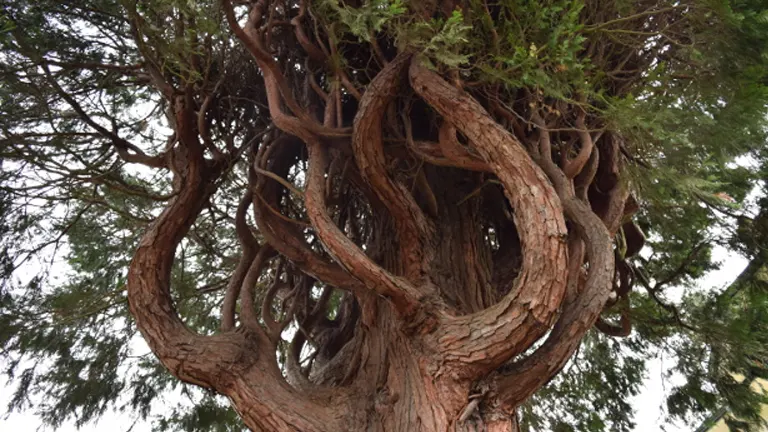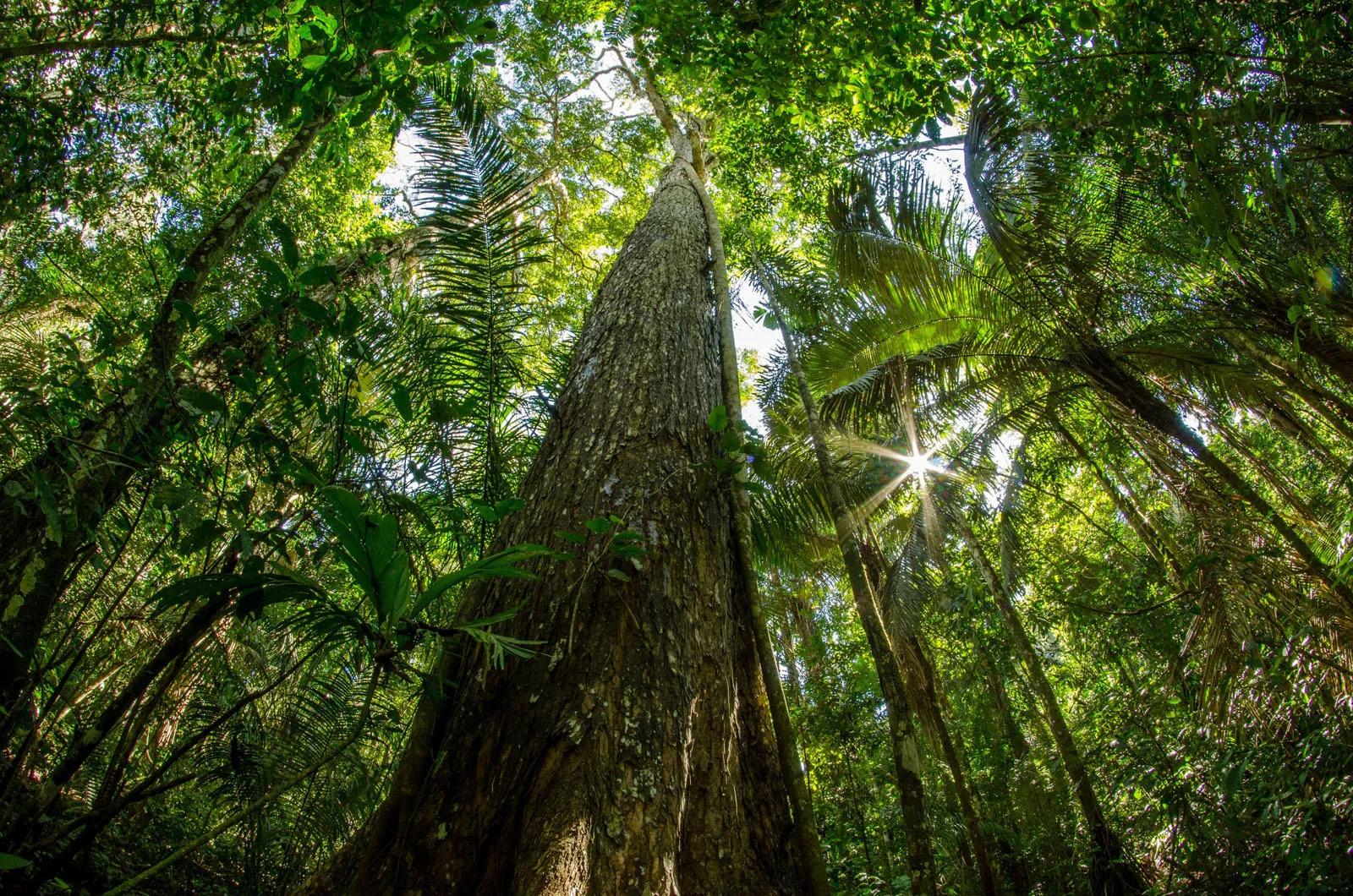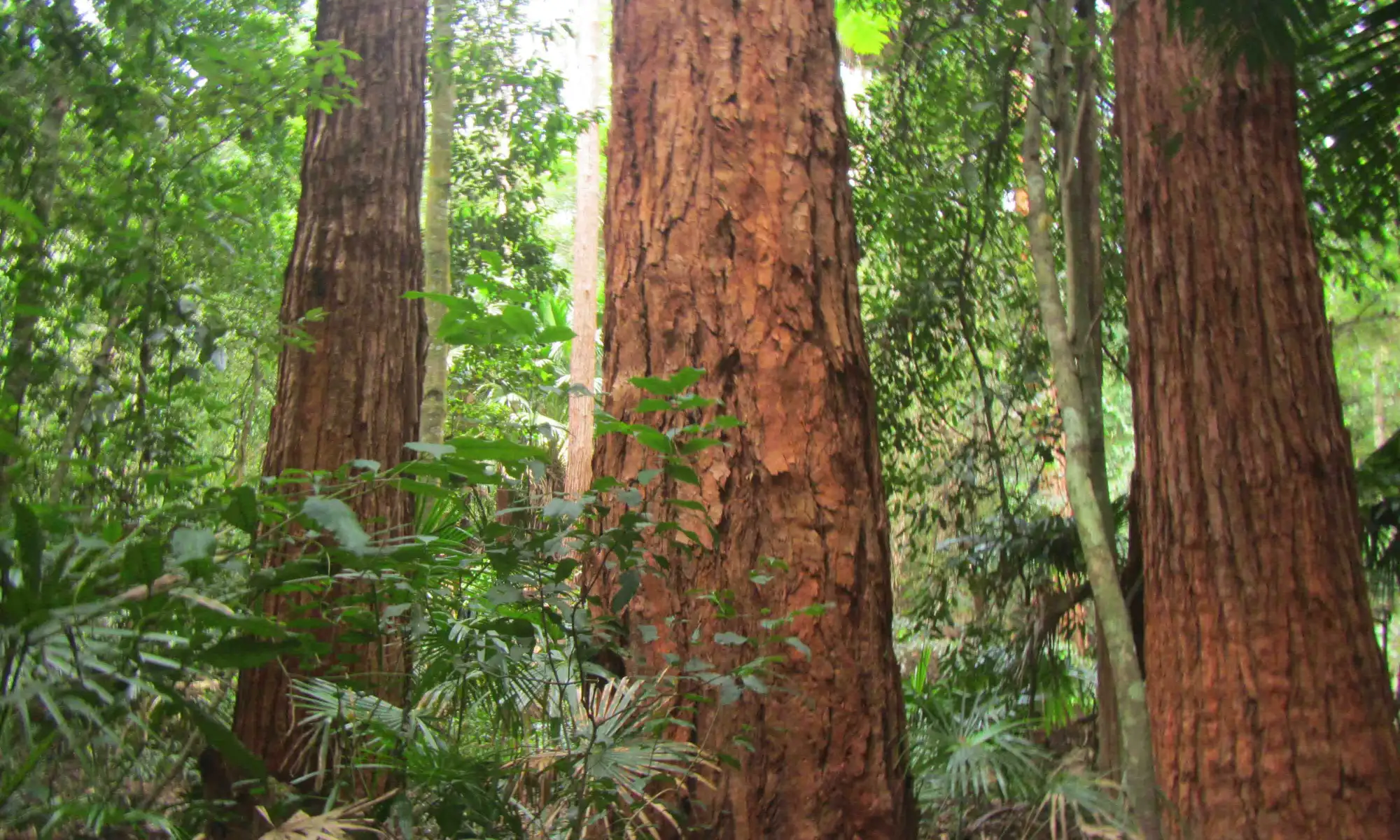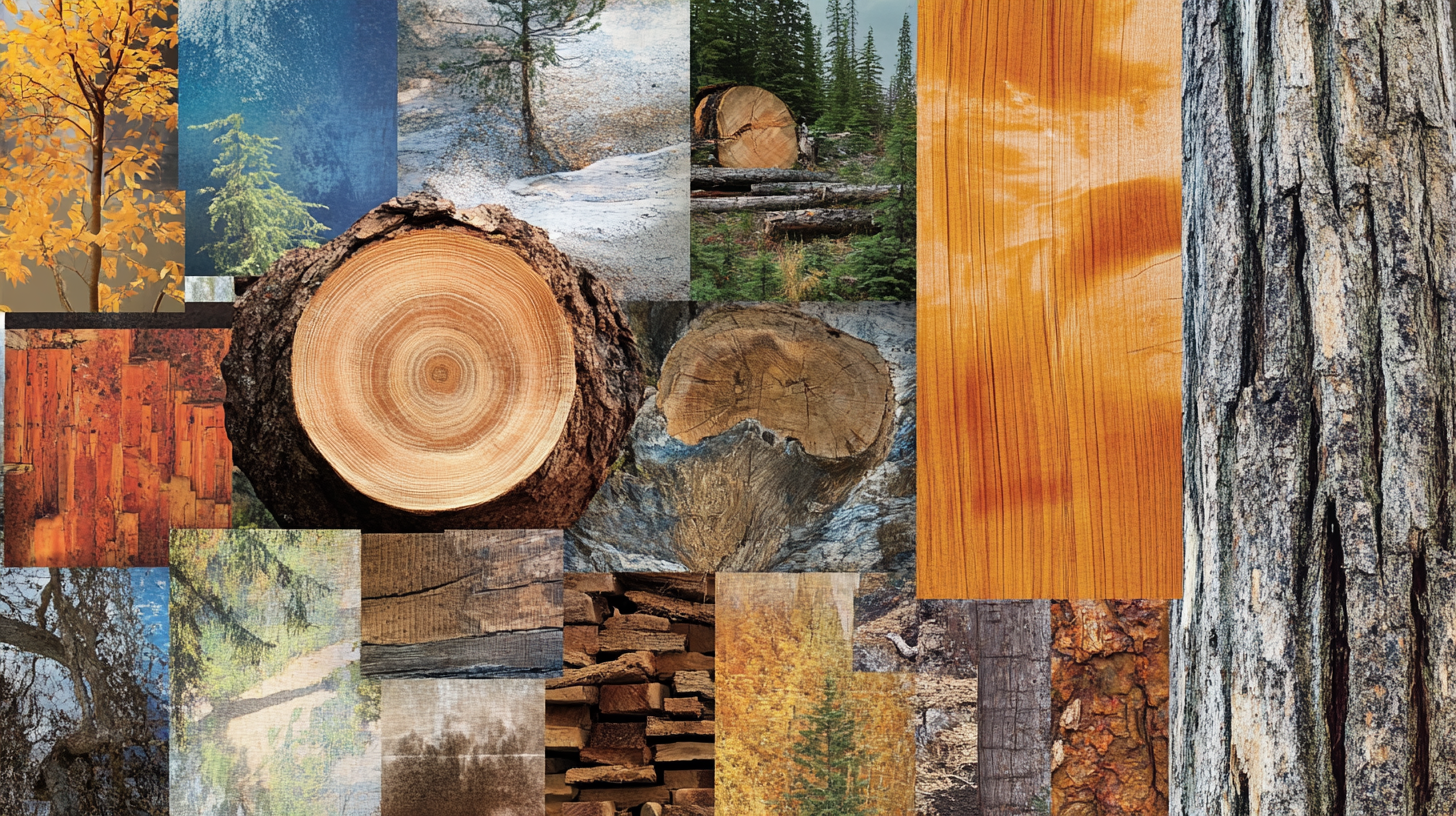
Cedar trees are valued for their aromatic wood, durability, and resistance to decay, making them a popular choice for construction, furniture, and ornamental purposes.
Various species are found across the globe, and each type of cedar offers unique characteristics suited to different climates and uses.
From the majestic Western Red Cedar to the fragrant Eastern Red Cedar, this blog will explore 25 types of cedar, highlighting their key features and best applications.
List of Different Types of Cedar
1. Western Red Cedar

Western Red Cedar is native to the Pacific Northwest of the United States and Canada.
It’s renowned for its resistance to decay, making it ideal for outdoor construction, including decking, siding, and shingles.
Its rich, warm color and aromatic scent are highly prized.
- Origin: Pacific Northwest, North America
- Best For: Outdoor construction, decking, siding
- Features: Decay-resistant, aromatic, warm color
2. Eastern Red Cedar
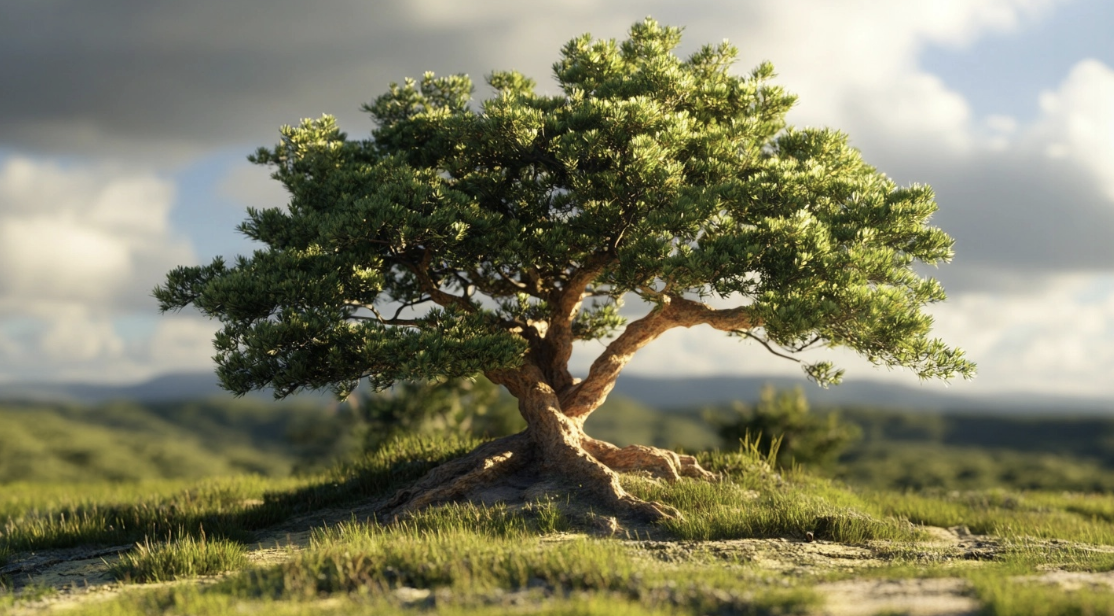
Eastern Red Cedar, or Juniperus virginiana, is found throughout the eastern United States.
It’s known for its aromatic wood, which has a distinctive reddish hue and is commonly used in cedar chests, closets, and as a natural insect repellent.
- Origin: Eastern United States
- Best For: Cedar chests, closets, insect repellent
- Features: Aromatic, reddish hue, durable
3. Atlas Cedar
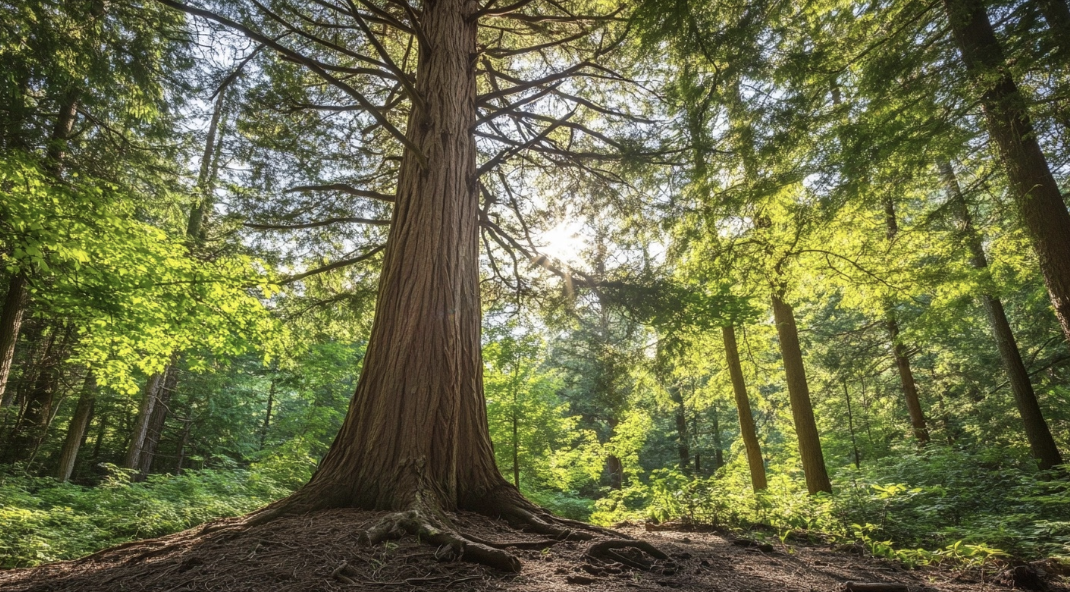
Atlas Cedar is native to the Atlas Mountains of Morocco and Algeria.
Due to its striking blue-green foliage, it’s a popular ornamental tree and is often used in landscaping and bonsai.
The wood is durable and resistant to decay.
- Origin: Atlas Mountains, Morocco, Algeria
- Best For: Ornamental use, landscaping
- Features: Blue-green foliage, durable, decay-resistant
4. Lebanon Cedar
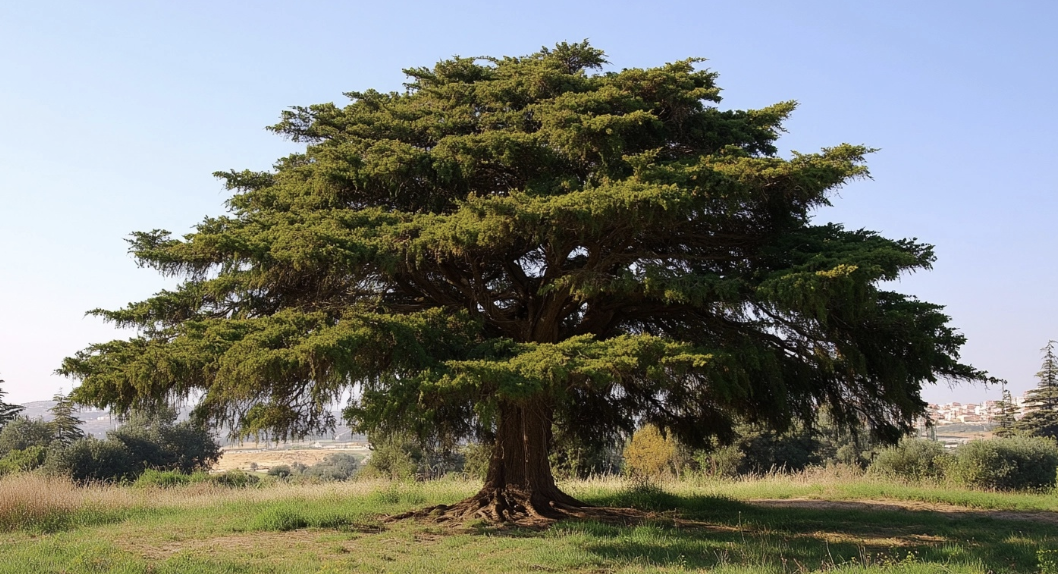
Lebanon Cedar is a historic tree often associated with the ancient forests of the Middle East.
It’s known for its majestic size and durable wood, which was historically used in shipbuilding and construction.
The tree is also a symbol of resilience and strength.
- Origin: Middle East
- Best For: Historic and symbolic use, construction
- Features: Majestic size, durable wood, historic significance
5. Deodar Cedar
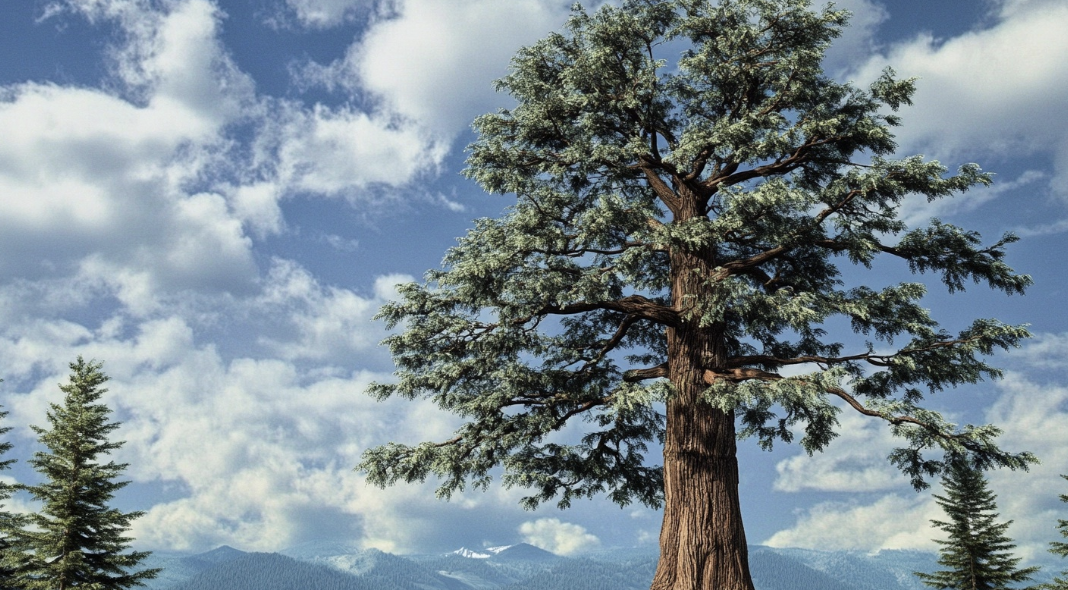
Deodar Cedar, native to the Himalayas, is a large, graceful tree with drooping branches and soft, blue-green needles.
It’s commonly used as an ornamental tree in parks and large gardens.
The wood is fragrant and rot-resistant, making it useful in construction.
- Origin: Himalayas
- Best For: Ornamental use, construction
- Features: Graceful appearance, fragrant wood, rot-resistant
6. Cyprus Cedar
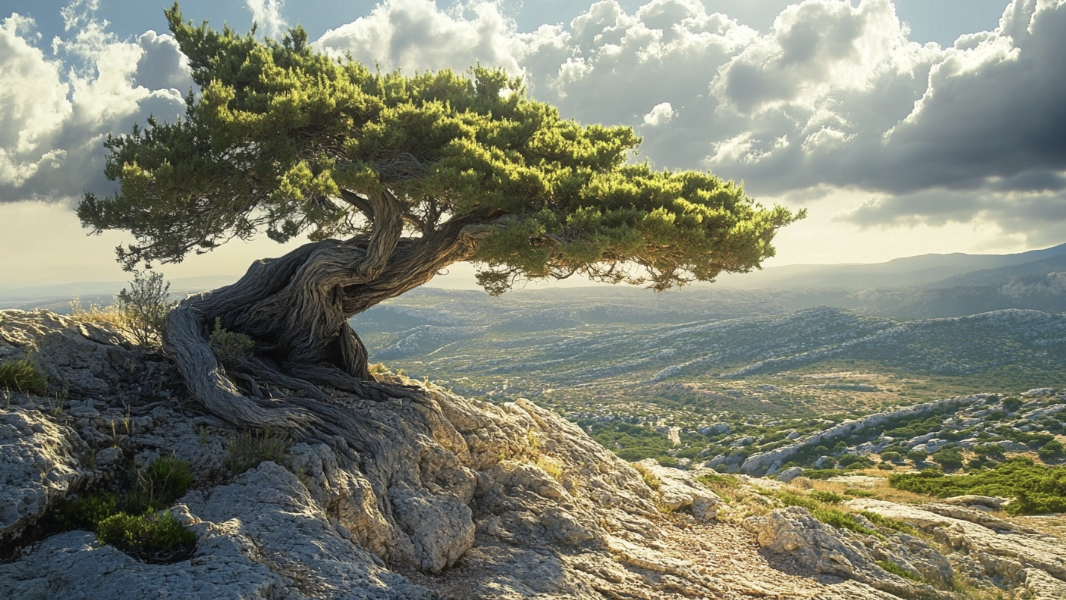
Cyprus Cedar, native to the island of Cyprus, is a rare and endangered species.
It has a straight trunk and dense, dark green foliage.
The wood is durable and aromatic, traditionally used in local construction and carpentry.
- Origin: Cyprus
- Best For: Traditional construction, carpentry
- Features: Rare, aromatic, durable wood
7. Spanish Cedar
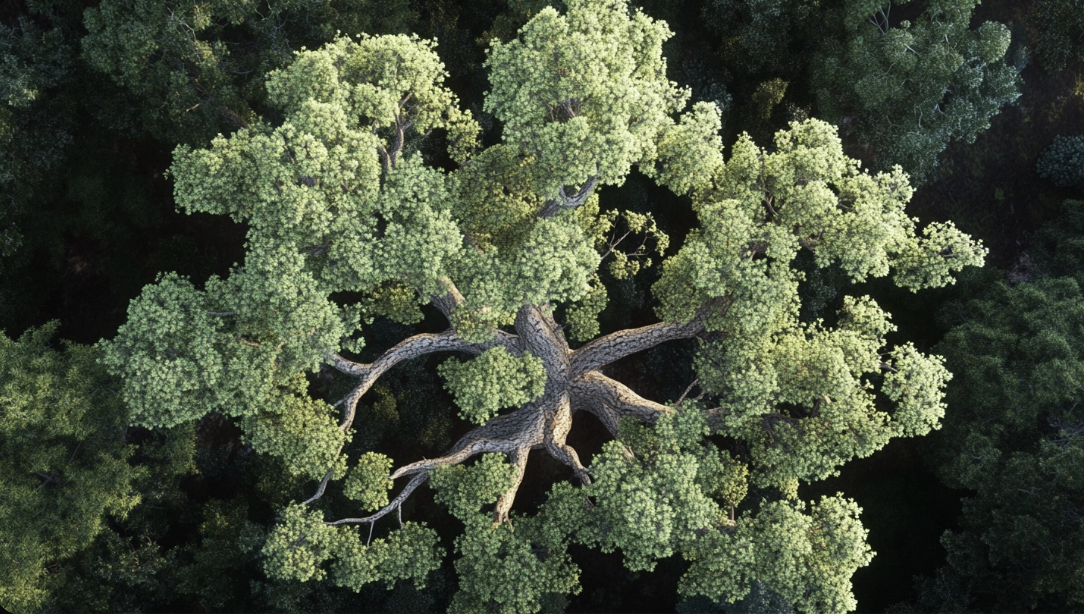
Spanish Cedar, also known as Cedrela odorata, is a type of mahogany, not a true cedar.
It’s native to Central and South America and is prized for its aromatic wood, often used in cigar boxes, furniture, and cabinetry.
- Origin: Central and South America
- Best For: Cigar boxes, furniture, cabinetry
- Features: Aromatic, durable, versatile
8. Alaskan Yellow Cedar

Alaskan Yellow Cedar, native to the Pacific Northwest, is known for its pale yellow color and fine texture.
It’s highly resistant to decay and insects, making it ideal for boat building, outdoor furniture, and other marine applications.
- Origin: Pacific Northwest, North America
- Best For: Boat building, outdoor furniture
- Features: Pale yellow color, decay-resistant, fine texture
9. Port Orford Cedar

Port Orford Cedar, native to Oregon and Northern California, is valued for its strength and resistance to decay.
The wood is pale, almost white, and has a fine, straight grain. It’s often used in high-quality construction, including boats, bridges, and outdoor structures.
- Origin: Oregon, Northern California
- Best For: High-quality construction, boats, bridges
- Features: Strong, decay-resistant, fine grain
10. Incense Cedar
Incense Cedar is native to the western United States and is known for its aromatic wood, which is often used in pencils and cedar-lined chests.
The tree has a distinctive reddish-brown bark and is resistant to decay, making it suitable for outdoor construction.
- Origin: Western United States
- Best For: Pencils, cedar chests, outdoor construction
- Features: Aromatic, decay-resistant, reddish-brown bark
11. White Cedar
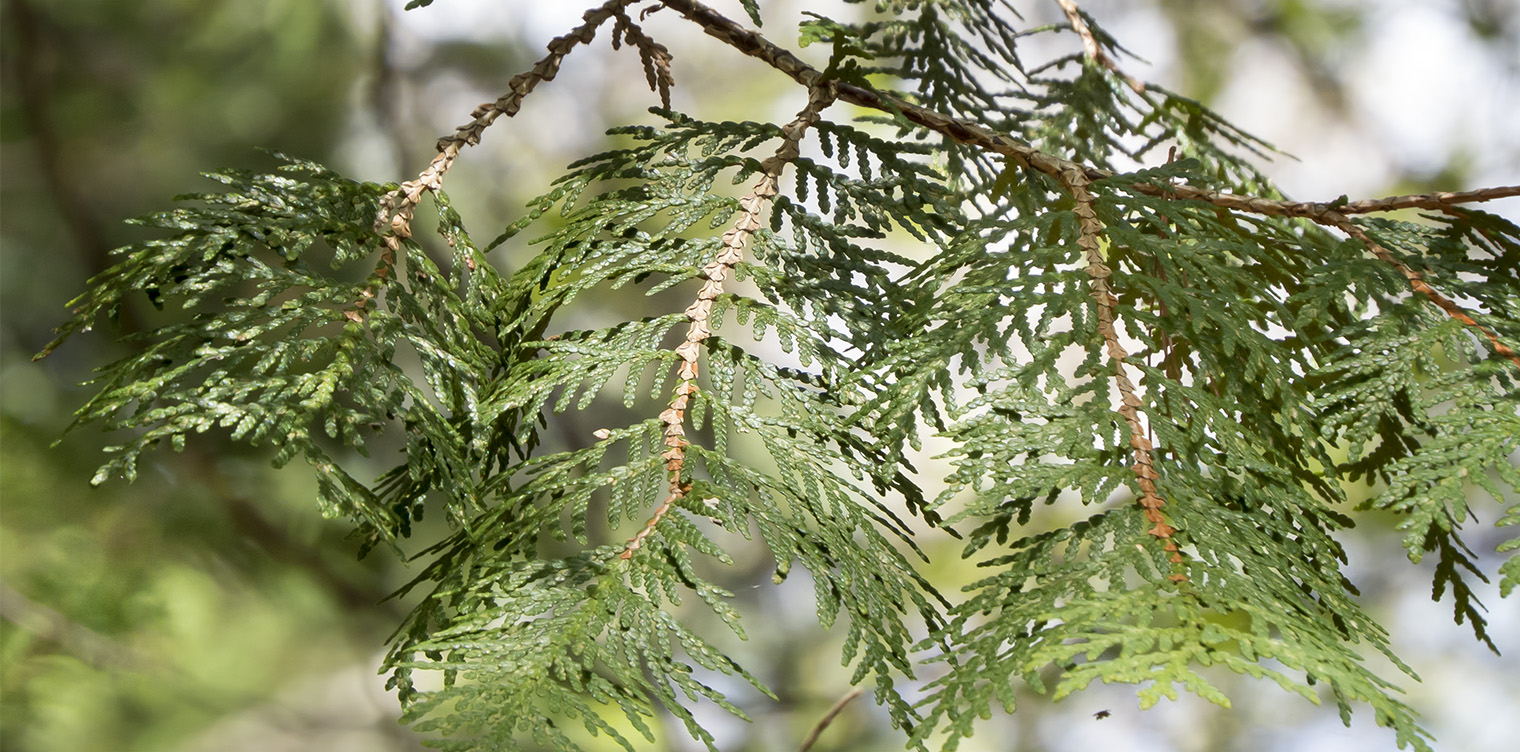
White Cedar, also known as Northern White Cedar, is native to eastern North America.
It’s a slow-growing tree with light, aromatic wood naturally resistant to rot and insects.
White Cedar is commonly used for shingles, fencing, and rustic furniture.
- Origin: Eastern North America
- Best For: Shingles, fencing, rustic furniture
- Features: Light, aromatic, rot-resistant
12. Japanese Cedar (Sugi)
Japanese Cedar, known as Sugi in Japan, is the national tree of Japan.
It’s a tall, straight tree with reddish-brown wood that’s lightweight and resistant to decay.
Sugi wood is traditionally used in Japanese architecture, including temples and shrines.
- Origin: Japan
- Best For: Architecture, temples, shrines
- Features: Lightweight, decay-resistant, culturally significant
13. Himalayan Cedar
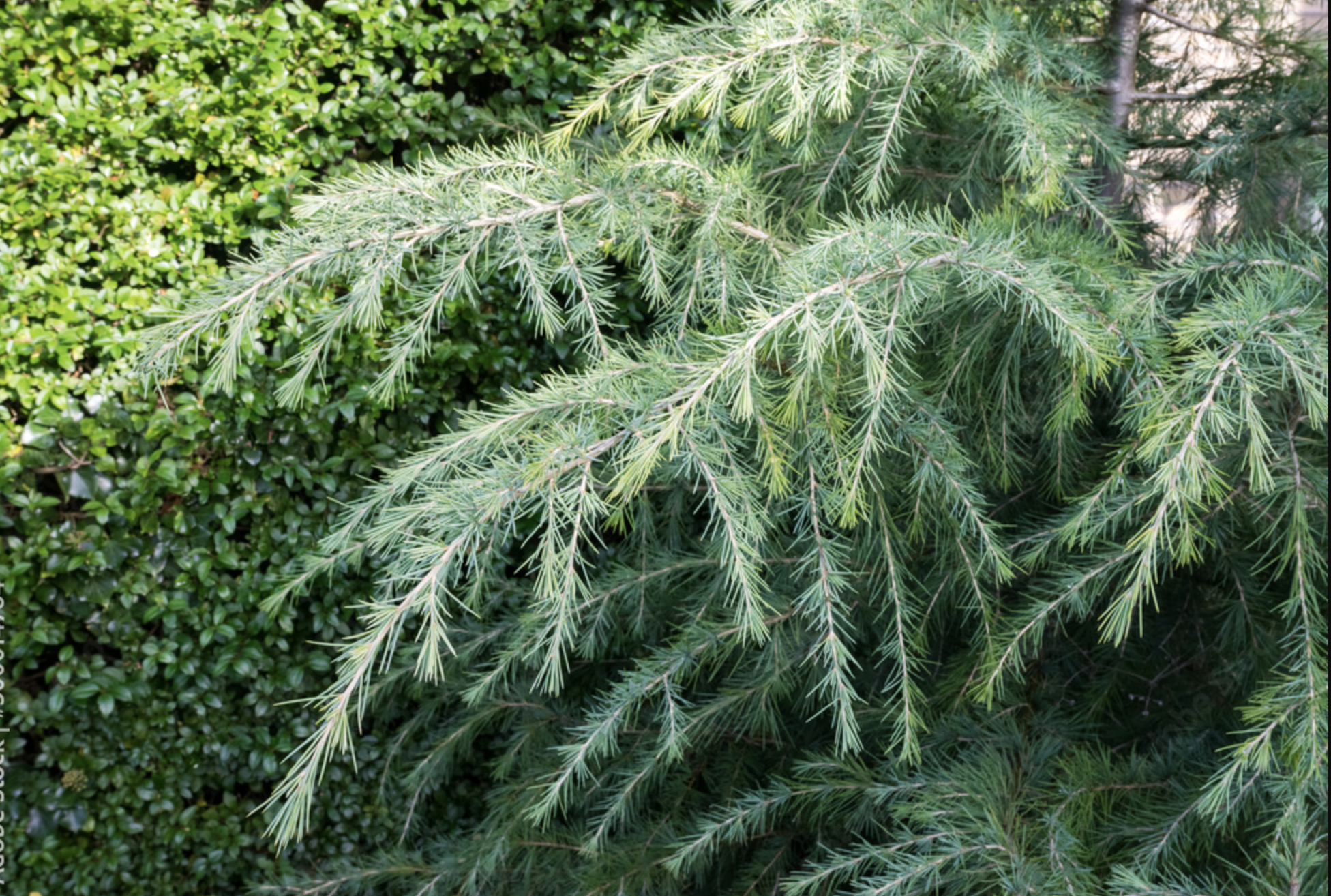
Himalayan Cedar is another name for Deodar Cedar, known for its drooping branches and fragrant wood.
Native to the Himalayas, it’s commonly used in construction and as an ornamental tree in large gardens and parks.
- Origin: Himalayas
- Best For: Ornamental use, construction
- Features: Drooping branches, fragrant wood, resilient
14. Blue Atlas Cedar
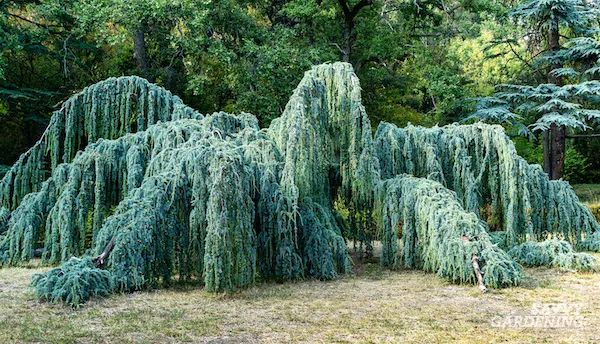
Blue Atlas Cedar is a striking variety of Atlas Cedar known for its silvery-blue needles.
Due to its unique color and graceful form, it’s often used as an ornamental tree in landscaping.
The wood is also durable and resistant to decay.
- Origin: Atlas Mountains, Morocco, Algeria
- Best For: Ornamental landscaping
- Features: Silvery-blue needles, graceful form, durable
15. Cedrela Odorata (Cigar Box Cedar)
Cedrela Odorata, also known as Cigar Box Cedar, is native to Central and South America.
It’s highly aromatic and is traditionally used in the manufacture of cigar boxes, furniture, and cabinetry.
- Origin: Central and South America
- Best For: Cigar boxes, furniture, cabinetry
- Features: Aromatic, durable, versatile
16. Cypriot Cedar
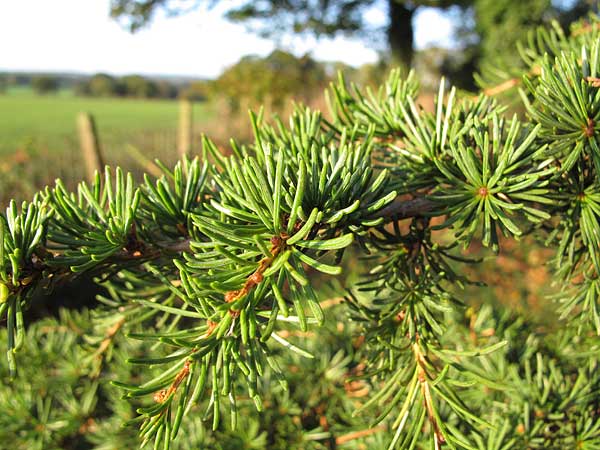
Cypriot Cedar, native to Cyprus, is similar to Cyprus Cedar and is known for its durable, aromatic wood.
It’s often used in traditional construction and carpentry on the island, contributing to the local architecture.
- Origin: Cyprus
- Best For: Traditional construction, carpentry
- Features: Aromatic, durable, locally significant
17. African Cedar
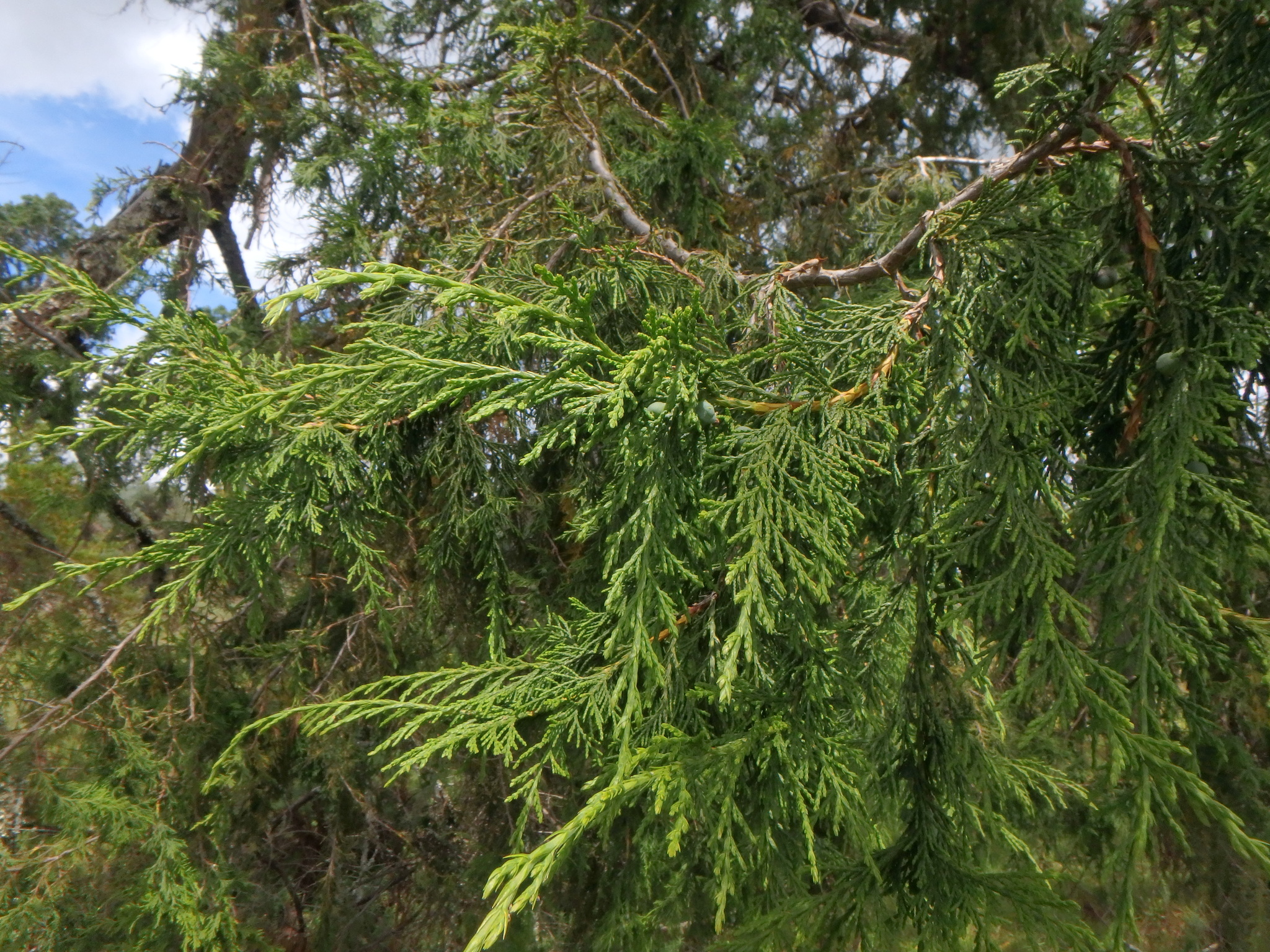
African Cedar, also known as Cedrela africana, is native to Africa and is prized for its lightweight, aromatic wood.
It’s commonly used in furniture making, cabinetry, and interior paneling.
- Origin: Africa
- Best For: Furniture, cabinetry, paneling
- Features: Lightweight, aromatic, versatile
18. Mount Atlas Cedar

Mount Atlas Cedar, a variety of Atlas Cedar, is native to the Atlas Mountains in Morocco and Algeria.
It’s known for its strong, durable wood and is often used in construction and as an ornamental tree in gardens and parks.
- Origin: Atlas Mountains, Morocco, Algeria
- Best For: Construction, ornamental use
- Features: Strong, durable, ornamental
19. Atlantic White Cedar
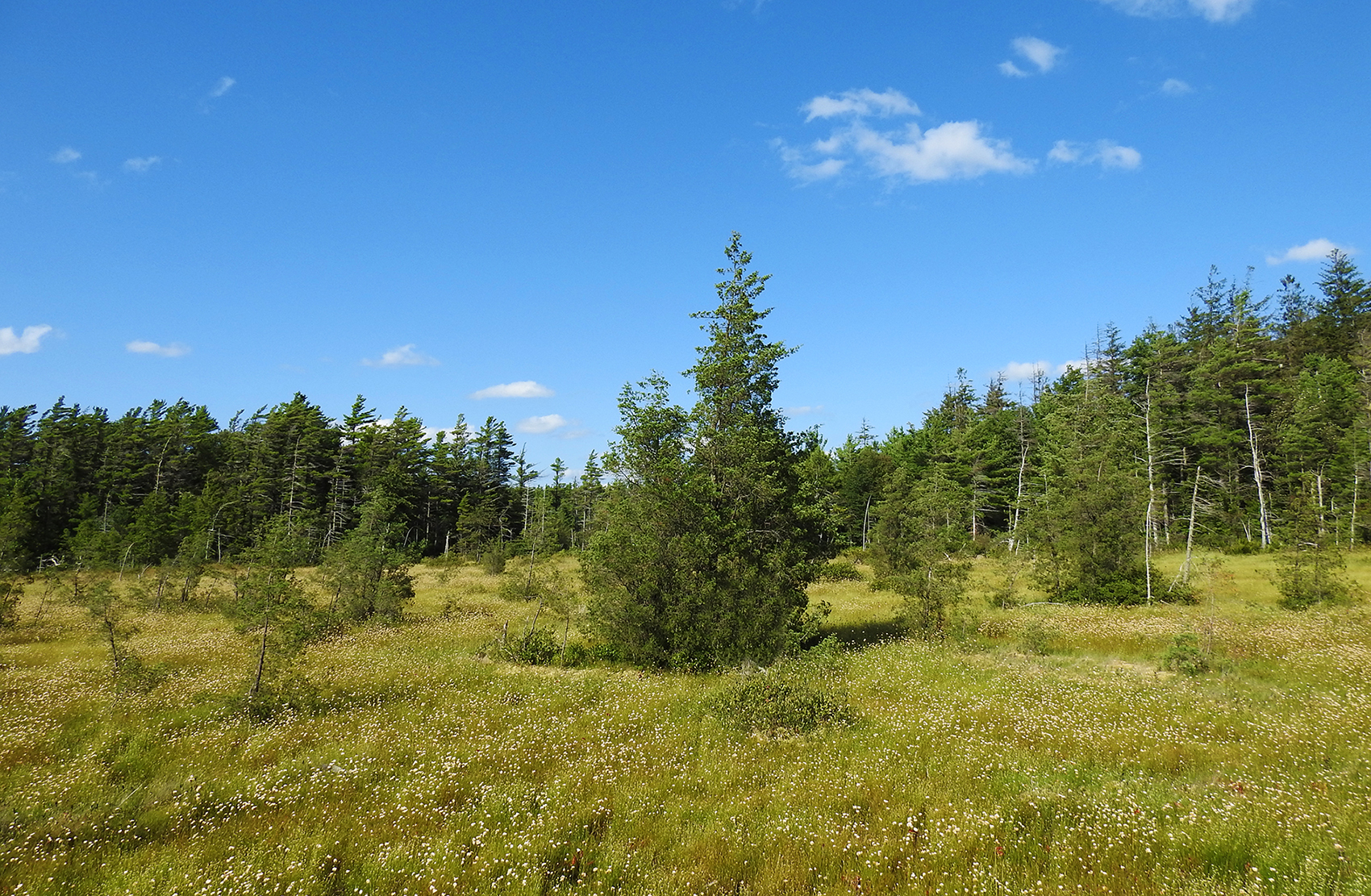
Atlantic White Cedar is native to the eastern United States and is known for its light, aromatic wood that is resistant to decay.
It’s commonly used for shingles, boat building, and other outdoor structures.
- Origin: Eastern United States
- Best For: Shingles, boat building, outdoor structures
- Features: Light, aromatic, decay-resistant
20. Australian Red Cedar
Australian Red Cedar, native to Australia, is prized for its rich, reddish wood and is often used in high-quality furniture and cabinetry.
The tree is also valued for its rapid growth and adaptability to various environments.
- Origin: Australia
- Best For: High-quality furniture, cabinetry
- Features: Rich, reddish wood, fast-growing
21. Chinese Cedar

Chinese Cedar, also known as Chinese Toon, is native to East Asia and is used for its lightweight, aromatic wood.
It’s commonly used in furniture making and for ornamental purposes in gardens.
- Origin: East Asia
- Best For: Furniture, ornamental use
- Features: Lightweight, aromatic, versatile
22. Moroccan Cedar
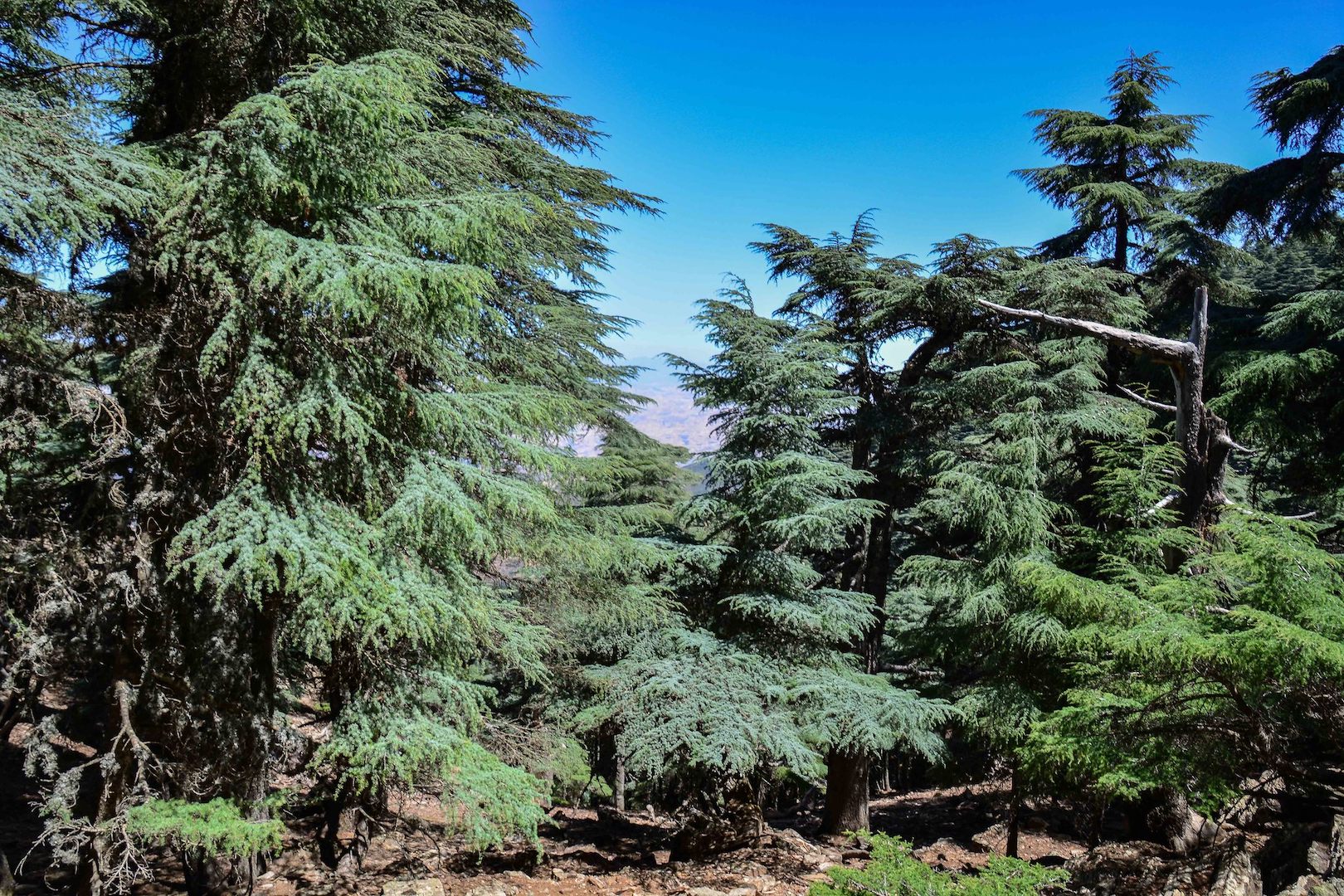
Moroccan Cedar is another name for Atlas Cedar, native to the Atlas Mountains.
It’s known for its durability and is used both as an ornamental tree and in construction, especially in Morocco.
- Origin: Atlas Mountains, Morocco
- Best For: Construction, ornamental use
- Features: Durable, strong, culturally significant
23. Siberian Cedar
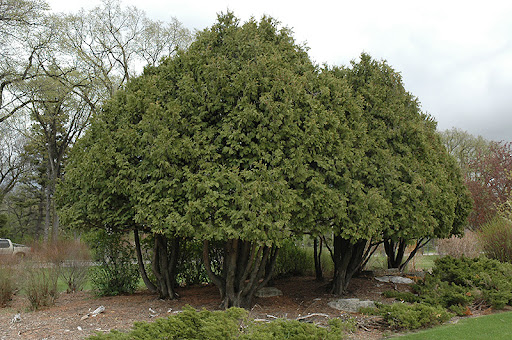
Siberian Cedar, also known as Siberian Pine, is native to Siberia and is valued for its high-quality wood and pine nuts.
The wood is used in construction and furniture, while the nuts are a popular food product.
- Origin: Siberia
- Best For: Construction, furniture, pine nuts
- Features: High-quality wood, versatile
24. Turkish Cedar
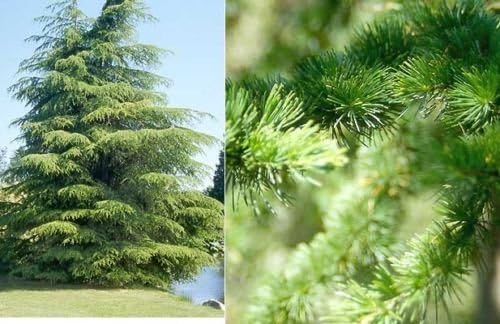
Turkish Cedar, also known as Cedrus libani, is native to Turkey and is closely related to Lebanon Cedar.
It’s used in construction, particularly for its durable and aromatic wood, and is also a popular ornamental tree.
- Origin: Turkey
- Best For: Construction, ornamental use
- Features: Durable, aromatic, culturally significant
25. Cedrela Fissilis (Argentine Cedar)

Cedrela Fissilis, also known as Argentine Cedar, is native to South America.
It’s prized for its aromatic, lightweight wood, often used in furniture, cabinetry, and musical instruments.
- Origin: South America
- Best For: Furniture, cabinetry, musical instruments
- Features: Aromatic, lightweight, versatile
Conclusion
Thanks to their durable, aromatic wood, cedar trees offer a wide range of uses, from construction to ornamental landscaping.
Each type of cedar has its unique characteristics, making it suitable for various climates and purposes.
Whether you’re looking for a tree to enhance your garden or wood for a specific project, understanding the different types of cedar can help you make the best choice for your needs.

